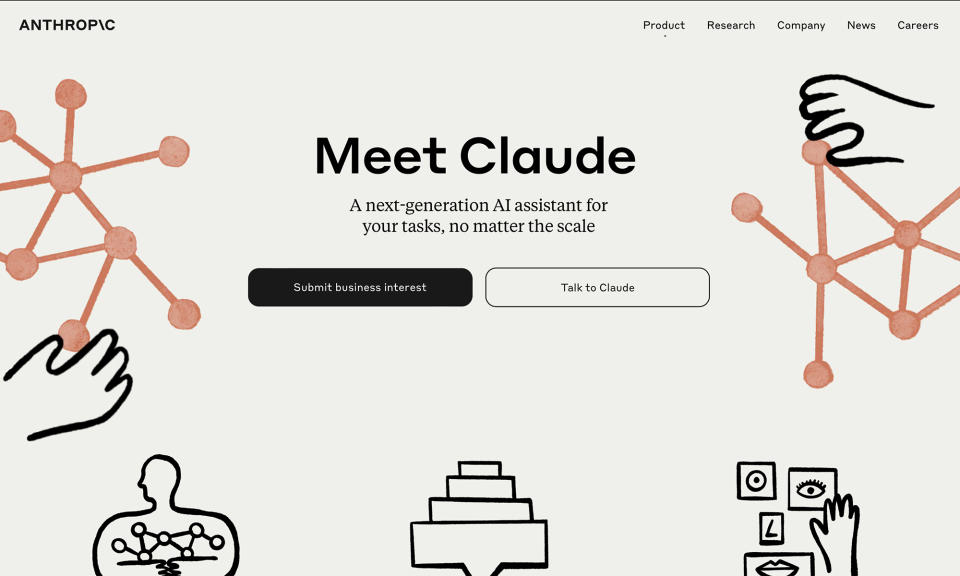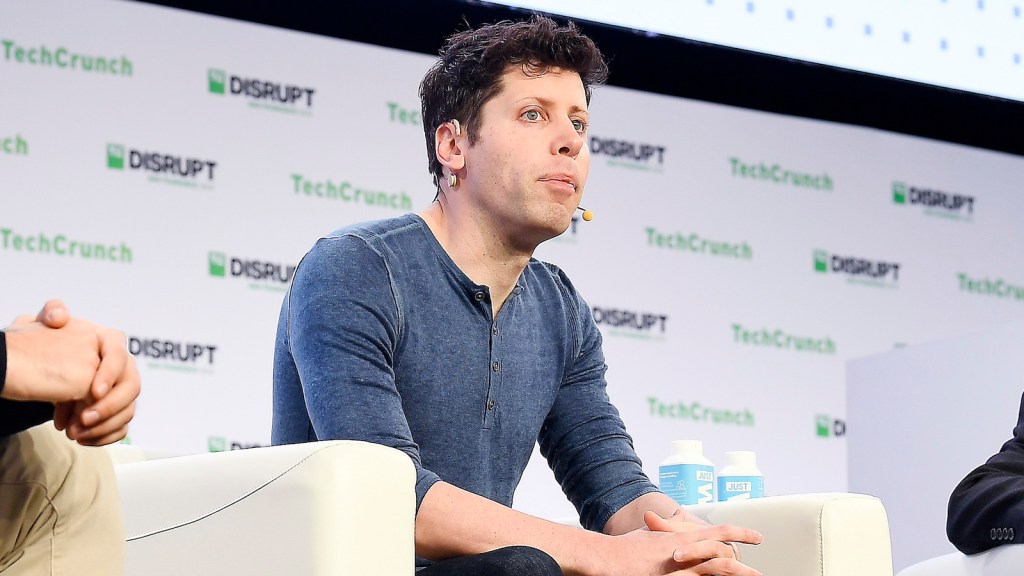Informatica launched Generative AI Blueprints, a set of guidelines and features designed to speed and simplify developing generative AI tools on six prominent cloud-based data management platforms.
The blueprints, available at no cost in Informatica’s Architecture and were released on Oct. 24, enable customers to use the vendor’s Intelligence Data Management Cloud (IDMC) platform in concert with AWS, Databricks, Google Cloud, Microsoft Azure, Oracle Cloud Infrastructure and Snowflake to develop generative AI capabilities.
Key features of the blueprints include vector database and language model connectors, prebuilt no-code data integration recipes, data quality and master data management capabilities and standard reference architectures to guide developers as they build new tools.
Given that enterprise interest in developing generative AI models and applications has exploded over the past two years yet the actual building of such tools is complicated, Informatica’s launch of Generative AI Blueprints will be useful for the vendor’s customers, according to Kevin Petrie, an analyst at BARC U.S.
“Data and AI teams struggle to integrate the many elements of a GenAI architecture, from data sources to pipelines to [retrieval-augmented generation] workflows and the applications that contain language models,” he said. “The more you can simplify this architecture, the better you can reduce risk to determine the value of pilots and limited production deployments.”
Beyond being assistive to customers, the launch of Generative AI Blueprints also represents Informatica capitalizing on an opportunity, Petrie continued.
BARC’s research shows that more than 80% of enterprises are likely or extremely likely to work with vendors when developing AI initiatives. In addition, more than half are likely or extremely likely to engage a global consulting firm.
“As incumbent providers in many environments, Informatica and its consulting partners recognize this opportunity and aim to capitalize on it,” Petrie said.
Based in Redwood City, Calif., Informatica is a data management vendor whose IDMC is designed to enable its users to integrate and prepare data for analysis and AI development.
Earlier this month, the vendor’s most recent platform update featured capabilities aimed at enabling customers to prepare their data for developing AI models and applications. Generative AI Blueprints builds on that by providing users with the next steps to take that data and use it to build models and applications.
New capabilities
Generative AI is being termed a transformative technology, akin to the smartphone 15 years ago, the internet in the 1990s, the personal computer in the 1980s and the telephone a century ago. Generative AI has existed for years, but OpenAI’s November 2022 launch of ChatGPT was a significant advancement in its capabilities and ease of use that led to surging interest.
Two of its primary benefits are true natural language processing that enables non-technical workers to use complex tools that previously required coding knowledge and other extensive training as well as making technical experts more efficient by automating time-consuming repetitive tasks.
As a result, many enterprises are developing — or at least preparing to develop — generative AI tools.
At their core is data, which is needed to train models and applications to understand an enterprise’s operations. In response, many data management and analytics vendors including Informatica are developing generative AI-powered tools such as conversational assistants to help customers use their platform. In addition, they are creating ecosystems for those customers to develop their own generative AI capabilities trained on their proprietary data.
For example, data platform vendors Databricks and Snowflake each are building up environments for their users to develop generative AI capabilities as are tech giants AWS, Google, Microsoft and Oracle.
However, developing generative AI — as well as traditional AI and machine learning — models and applications is difficult. It requires significant data preparation to ensure the quality of the data used to train generative AI tools, integrations with language models that provide the generative AI itself and the creation of complex pipelines that ultimately feed models and applications the data that trains them.
It’s estimated that over 80% of all AI projects never make it into production. And in July, research and advisory firm Gartner predicted that 30% of generative AI projects will be abandoned as soon as the end of 2025.
Informatica’s Generative AI Blueprints are designed to assist enterprise customers by simplifying the complex development process, providing them with not only needed tools but also expert advice.
Rik Tamm-Daniels, Informatica’s global vice president of strategic ecosystems and technology, noted that as enterprises attempt to develop generative AI tools, even knowing where to start can be a challenge. Generative AI Blueprints lay out the steps for them.
“[Two-thirds] of tech leaders expect their organization to invest more in AI over the next three years, so finding an efficient and effective implementation process is crucial,” he said. “Successfully implementing AI requires a robust framework to ensure that an enterprise’s data is ready.”
A mix of customer feedback and internal conversations among product teams led to the development of the blueprints, Tamm-Daniels continued.
“We realized that we could support the deployment and scaling of enterprise-grade GenAI applications by creating an easy-to-follow template that provides organization-specific end-to-end solutions,” he said.
Organizations, meanwhile, are seeking support as they attempt to build generative AI tools, according to Stephen Catanzano, an analyst at TechTarget’s Enterprise Strategy Group. Some are having early success. Many others, however, have plans to build generative AI tools but aren’t yet able.
As a result, Informatica’s Generative AI Blueprints address a real need.
“Organizations are looking for leadership from their technology partners on how to leverage their enterprise data to build contextual generative AI application leveraging their preferred cloud partners,” Catanzano said. “These blueprints are what organizations need to navigate this complex and ever-changing AI landscape.”
Specific features included in Informatica’s Generative AI Blueprints include the following:
- Standard reference architectures that instruct customers how to develop a generative AI model or application and pre-defined configurations that simplify the actual construction of those models and applications.
- Prebuilt no-code frameworks for using the IDMC’s integration and orchestration capabilities on AWS, Azure, Google and Oracle.
- Connectors to the language models and vector databases needed as part of the development and training pipeline.
- Data quality and master data management capabilities to help customers ensure the relevancy and quality of the data they use to train and inform generative AI tools.
- Metadata and data governance to further improve the quality and relevancy of data underpinning generative AI models and applications.
- Policy and security enforcement capabilities to address responsible development of AI tools by making sure the data included in prompts responds appropriately and securely.
- A design interface that enables users to scale usage of high throughput/low latency serverless runtime when needed to integrate retrieval-augmented generation pipelines and other high volume workloads.
Combined, the features comprising Informatica’s Generative AI Blueprints are thorough, according to Catanzano.
“They look very comprehensive,” he said, noting that the different capabilities address everything from identifying a use case for AI through cultivating trusted data and vectorizing the data to make it discoverable by AI-powered automation tools, to choosing an LLM with which to use data and building the retrieval-augmented generation pipeline that feeds the model or application.
“It shows how important an ecosystem is for Informatica and their partners to work together,” Catanzano said. “It’s very comprehensive when you leverage all of the partners in their Blueprints.”
Petrie similarly noted that Informatica’s Generative AI Blueprints effectively address data preparation and pipeline development.
“These blueprints can help enterprises prepare, validate and deliver data for AI, especially structured tables that often contain enterprises’ most trustworthy data,” he said.
Looking ahead
Informatica’s recent platform update focused on preparing data for AI development and the launch of Generative AI Blueprints continue more than of year making AI a focal point of product development. That will continue, according to Tamm-Daniels.
Like many analytics and data management vendors, Informatica understood the potential of generative AI and the ways it could use the technology to develop tools to help its customers. In addition, it understood that enterprises would want to develop their own generative AI capabilities and unveiled features aimed at assisting them in that pursuit.
For example, in May 2023, Informatica unveiled plans to infuse Claire, its AI engine, with generative AI. Similarly, competitors including Alteryx and Fivetran have made AI part of their product development.
“We will continue to focus on strengthening and enhancing our GenAI roadmap and solutions as more and more enterprises look to Informatica to solve their data management problems,” Tamm-Daniels said.
One way Informatica could strengthen its Generative AI Blueprints would be to add connectors to graph databases in addition to the connectors to vector databases that are already included, according to Petrie.
Just as vector search and storage can aid generative AI development by enabling developers to discover relevant data, graph technology can similarly help the data discovery process.
“I see much less focus on graph elements in these architectures,” Petrie said. “Knowledge graphs matter because they … help GenAI language models understand how concepts and business entities relate to one another. I’ll be interested to see how Informatica addresses this requirement in coming releases.”
Catanzano, meanwhile, suggested that Informatica build on Generative AI Blueprints by providing even more guidance to its customers. Providing tools for development is essential. But so is guiding enterprises through the use of those tools to get their desired results.
“Continuing thought leadership in this area is important,” Catanzano said. “Everyone is still trying to figure it out and they need their tech partners to help guide them.”
Eric Avidon is a senior news writer for TechTarget Editorial and a journalist with more than 25 years of experience. He covers analytics and data management.














































































































































































You must be logged in to post a comment Login